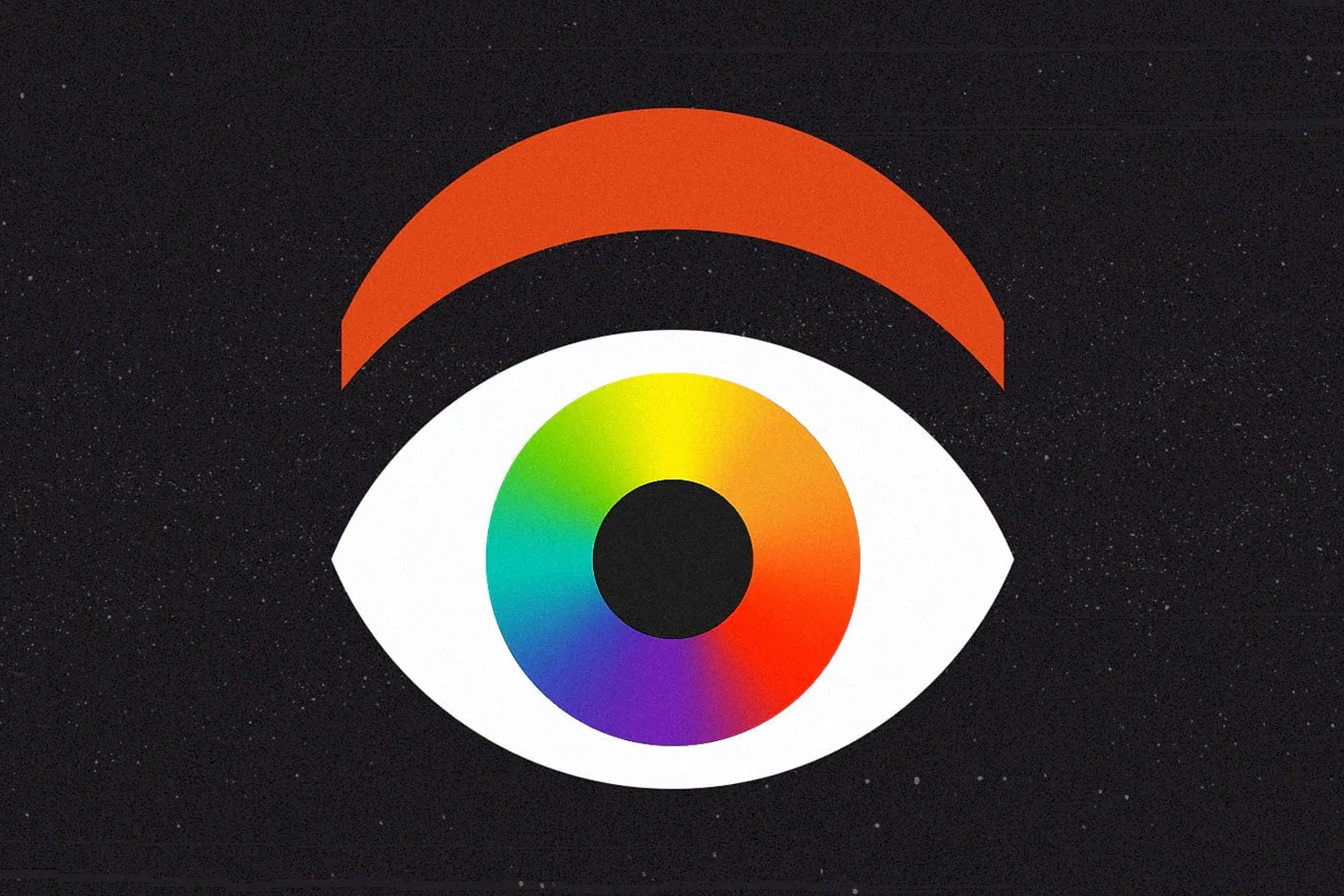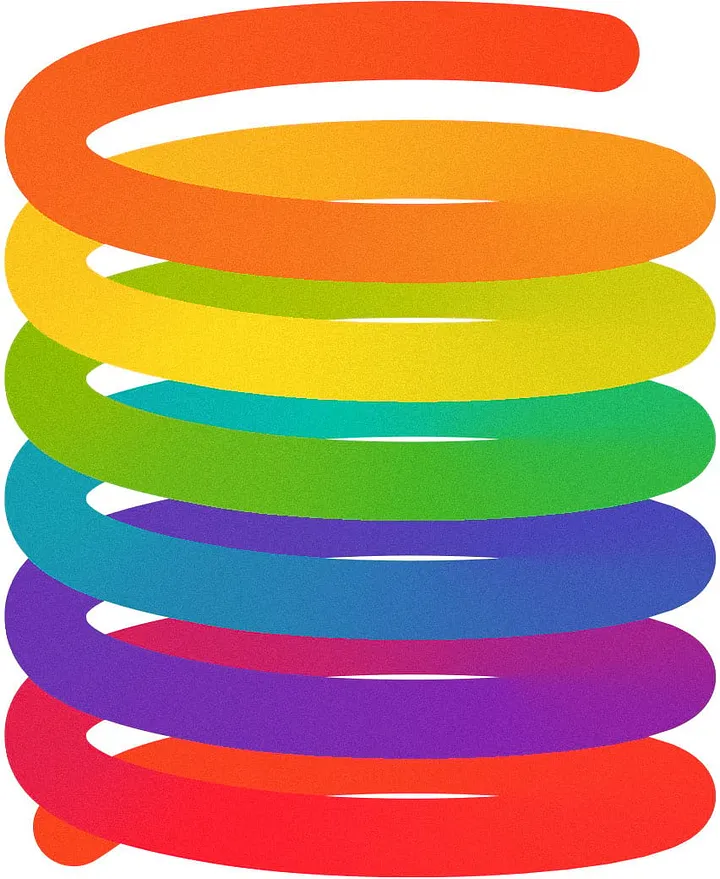Eye see what eye want

Date
Category
Share
Humans are visual creatures. We use our sight for many things, and the beauty we see can move us physically and emotionally.
Years ago a friend gifted me a book called “La ciencia nuestra de cada día” by mexican writer, Francisco Rebolledo. The book is composed of several essays, in which Francisco masterfully writes about science and how it affects our daily life. It is an exquisite combination of brains, beauty, and history. Out of all the essays, one that stood out to me was El Mundo del color (The world of color). In it, Francisco argues that humans are animals of vision and rely more on vision than any of the other senses. He insists that our vision of the world, the language in which we express said vision, is full of color.
Studies have shown that half of our brain is directly or indirectly dedicated to processing visual information. This makes us visual creatures that judge, choose, and form opinions mostly based on what we see. You can imagine that as a designer, I find this extremely exciting. This is mainly because I try to bring beauty into the world of business, and indeed to everyday life using art and design.
Lucky designer
I find myself extremely lucky because I get to have a job that I love doing. I love to create. And more importantly, I get to work with passionate people and help them capture their vision. When we start a business, all we have is a vision. A hope for the future. There is a clever quote by Brian Collins that says, “Design is hope made visible.” Brian perfectly captures what it is that we designers strive to do. We help make that hope something real and tangible, something you can see.

I love colors too. I love them all. Some more than others depending on how they are used. There are endless possibilities when choosing colors for a brand that it would be a crime to not consider some. For instance, you might think that gray is dull, but Apple uses a lot of gray and makes them look sleek and modern, on the other hand, you can be very colorful like M&M’s and look bright and fun. Colors impact our perception just like our moods, feelings, and behaviors as studies have shown.
Dress for success
So how can you use this to your advantage and “dress for success”? The colors you wear will say a lot about your brand personality even before you interact with others. But choosing the right colors, imagery, illustrations, etc. can be tricky. This is because associations can be good or bad. They can change over time and from culture to culture as well. So being informed about other cultures if you are an international company can save you from embarrassment and upsetting an entire culture. Adapting to the times is also essential. In these fast-moving times, constant improvement is important.
Another issue to consider is balance. Specifically, there are times when you have to stand out and shine, and there are times when you have to fit in and be familiar. Firstly, standing out will get you noticed in a sea of sameness. We rely mostly on sight to differentiate from the vast amount of information we get bombarded with daily. And secondly, being familiar will make you trustworthy. Trust is the ultimate shortcut to a buying decision. But the most important thing to keep in mind is that you have to be you. Authenticity resonates. At any rate, you can dress for the occasion and still be authentic. The key is to have the proper pieces.
Art in service to society
Now, let us consider the Arts and Crafts movement. It started late in the 19th century as a reaction to industrialization and technology lowering the status of the decorative arts. There was a great deal of machine-dominated designs without aesthetic concerns. John Ruskin inspired the philosophy of this movement. He believed that beautiful things were valuable and useful precisely because they were beautiful. Ruskin wanted a union of art and labor in service to society.
Another important figure in the Arts and Craft movement was William Morris. Morris tried to implement Ruskin’s ideas. He thought that the tastelessness of the mass-produced goods could be addressed by a reunion of art with craft. Art and craft could combine to create beautiful things, from buildings to beddings. With Ruskin’s purpose in mind, the movement ended up reforming the design and manufacture of everything from buildings to jewelry. The movement marked a change in the value society placed on how things were made. Now fast-forward some decades later, and you have Andy Warhol elevating Campbell’s soup to high art. You have a common product considered as an art form.
“beautiful things are valuable and useful precisely because they are beautiful”
You see, bringing beauty into the world of business is not opposed to achieving business goals but rather an important part of it. Studies have shown that “we reach out for attractive things; beauty literally moves us.” You see something you want and decide to get it. It is how we operate as animals of vision. In short, art is useful in service to society, as the Arts and Crafts movement believed.